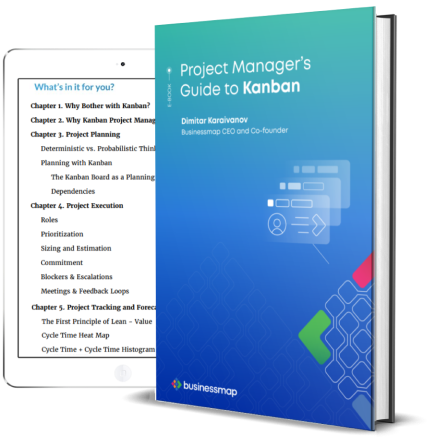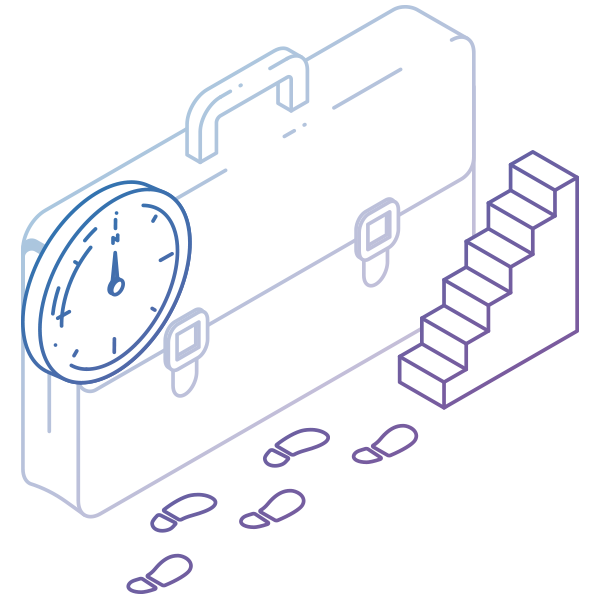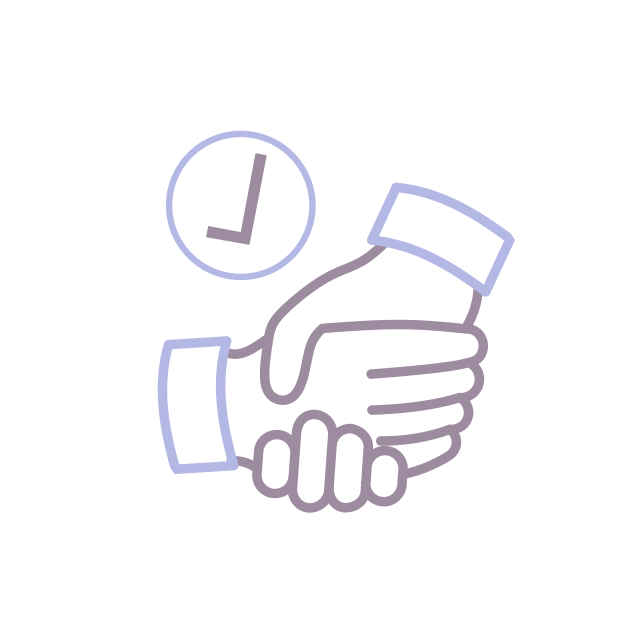What is Lean management?
Lean management is a systematic approach for reducing waste, improving efficiency, and creating greater value for customers.
How do I implement Lean in my company?
-
List what customers actually value.
-
Map your process from request to delivery.
-
Spot the waste. Cut anything that doesn't help.
-
Smooth your flow. Visual boards (Kanban) help.
-
Pull, don’t push. Work only when needed.
What Is Lean Management?
Lean management is a systematic approach that reduces waste, improves efficiency, and creates greater value for customers. It started with Toyota. Now it’s everywhere - from hospitals to startups.
 Lean pillars
Lean pillars
What Are the Main Principles of Lean?
The main principles of Lean management are 5, and they include:
- Identify Value
- Map the value stream
- Create flow
- Establish pull
- Pursue perfection
The 5 core principles of Lean are all designed to answer one question: what truly creates value for the customer?
Let's take a look at them in more detail.
1. Identify value: from the user’s POV
What does every company strive to do? To offer a product or service that a customer is ready to pay for. To do so, a company needs to add value defined by its customers’ needs.
2. Map the value stream: every step from start to finish
This is the point where you need to map your company's workflow. It should include all actions and people involved in delivering the product to the customer. By doing so, you will be able to identify which parts of the process bring no value.
3. Create flow: minimize friction, batch size, and bottlenecks
After you master your value stream, ensure that each team's workflow remains smooth. Please note that this process may take some time.
4. Establish pull: only do work when needed
Implementing a pull system ensures a stable workflow and enables teams to complete tasks more efficiently and effectively. As a lean strategy, a pull system reduces waste in the production cycle by initiating new tasks only when there is a clear demand. This allows you to optimize resource capacity and deliver products or services only when there is an actual need.
5. Pursue perfection: fix, test, improve, repeat
After completing all the previous steps, you have already established your Lean management system. However, don’t forget to pay attention to this last step, probably the most important one.
The goal? A smooth, value-packed system that wastes nothing.
 Five Lean principles
Five Lean principles
What Are the Benefits of Lean Management?
Lean is about building a sharper, smarter system. Done right, it unlocks real performance gains:
-
Engaged teams that fix their problems. Lean gives employees ownership over solving what slows them down. That leads to buy-in, improved morale, and a sharper focus on work that truly matters.
-
More output with fewer headaches. By cutting waste and streamlining flow, teams produce more without burning out. You accomplish more with the same or fewer resources.
-
Faster time to market. Pull systems keep work aligned to demand, which means you deliver sooner and smarter.
-
Higher quality, fewer re-dos. Lean shines a light on defects and removes them from your system early. That means less firefighting later.
-
A culture of continuous improvement. This isn’t a one-and-done fix. Lean builds a feedback loop where everyone looks for small ways to improve daily. That compounds over time.
If your team’s stuck in reactive mode, Lean creates a path out - one clear, fixable bottleneck at a time.
What Are the 7 Wastes of Lean?
Lean defines 7 core wastes ("muda") that suck time, money, and focus:
-
Overproduction: making more than needed.
-
Waiting: for inputs, approvals, decisions.
-
Transportation: unnecessary movement of materials.
-
Overprocessing: doing more than the customer values.
-
Inventory: storing excess products.
-
Motion: inefficient movement of people or tools.
-
Defects: errors that require rework.
Cut these, and you cut costs.
What Are the Lean Tools?
Lean isn’t software-first, but these tools supercharge your process:
-
5 Whys: trace issues to the root cause.
-
Kanban: manage and visualize work-in-progress.
-
5S: sort, set, shine, standardize, sustain.
-
Andon: flag problems instantly.
-
Heijunka: reduce unevenness and minimize the risk of overburdening in processes.
-
Continuous Flow: allows to move a single product through every step of your process instead of grouping work items into batches.
Use them to make every step clear, useful, and improvable.
What Are the Challenges to Lean Implementation?
Don’t just copy Toyota. Avoid these traps:
-
Skipping the mindset shift: Lean isn’t just new tools.
-
Treating it like a one-time project: Lean is never "done."
-
Focusing only on efficiency: without asking why you’re doing the work.
-
Not involving the team: top-down Lean fails fast.
-
Chasing data over learning: metrics matter, but improvement is the goal.
The Birth of Lean Management
Lean didn’t start in a boardroom. It began on the factory floor.
In the late 1940s, Toyota was under pressure due to limited resources and high demand. They had to get smarter, not bigger. So, they built the Toyota Production System (TPS): a framework designed to eliminate waste, streamline flow, and deliver only what was needed, when it was needed.
It worked. They cut cycle times, slashed costs, and boosted quality. TPS became the playbook for modern manufacturing.
The ripple effects spread fast. In 1988, John Krafcik (former CEO of Google’s self-driving car project) coined the term "lean production." Then came the book "The Machine That Changed the World" by James Womack, which transformed Lean from a factory tactic into a global business strategy.
Today? Lean is everywhere: in tech, healthcare, startups, and government. It’s not just about efficiency anymore. It’s about building systems that learn, adapt, and improve.
10 Years Kanban Experience In 1 Free Book.
Project Manager's Guide to Kanban
What Industries or Types of Organizations Benefit from Lean?
Lean Software Development
- Coined by Mary & Tom Poppendieck in their book "Lean software development: an Agile Toolkit", 2003.
- Adapts Lean thinking to code, sprints, and agile.
The Lean Startup
- Eric Ries's 5 principles for building fast and learning faster are described in his book "The Lean Startup", 2011.
- Designed for uncertainty. Ideal for startups and innovation teams.
Lean Accounting
- Simplifies financial reporting to reflect lean performance.
-
Lean accounting focuses on real-time, actionable numbers.
Lean Healthcare
- Applied to hospitals to reduce patient wait time and improve outcomes.
- Examples: smoother surgery preparation, improved triage flow, reduced administrative burden.
What Software Supports Lean Management?
Lean tools vary by team size and the specific process being used. Top picks:
-
Businessmap (formerly Kanbanize): visualization, workflow control, team collaboration, strategic alignment.
-
ClickUp / Trello: light task tools.
-
KaiNexus: built for continuous improvement.
-
LeanKit (now Planview AgilePlace): enterprise-level Kanban tool for work visualization and process optimization.
Businessmap is the most flexible software
to align work with company goals





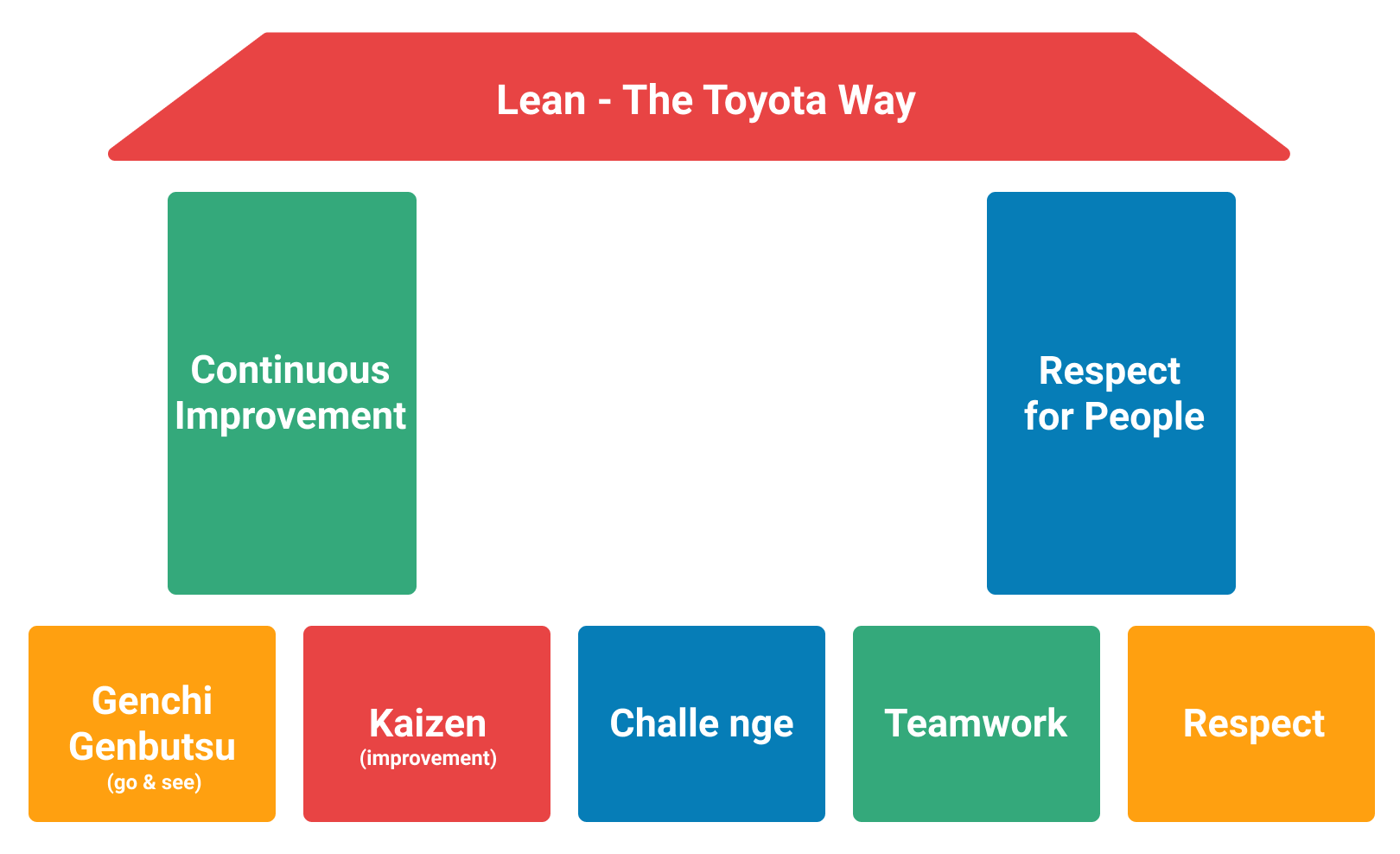 Lean pillars
Lean pillars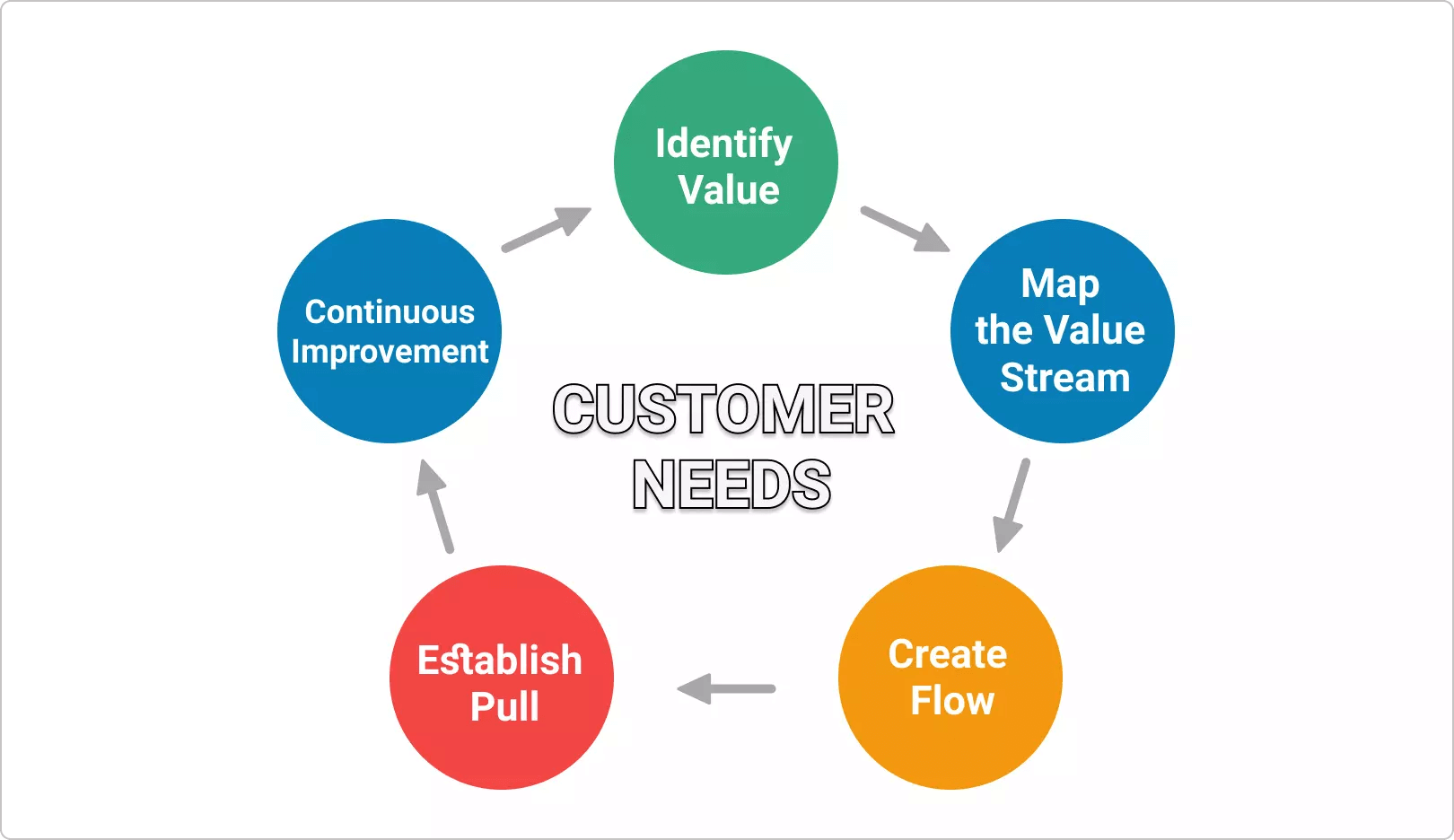 Five Lean principles
Five Lean principles